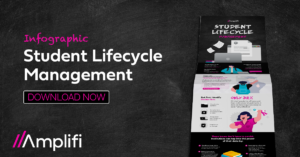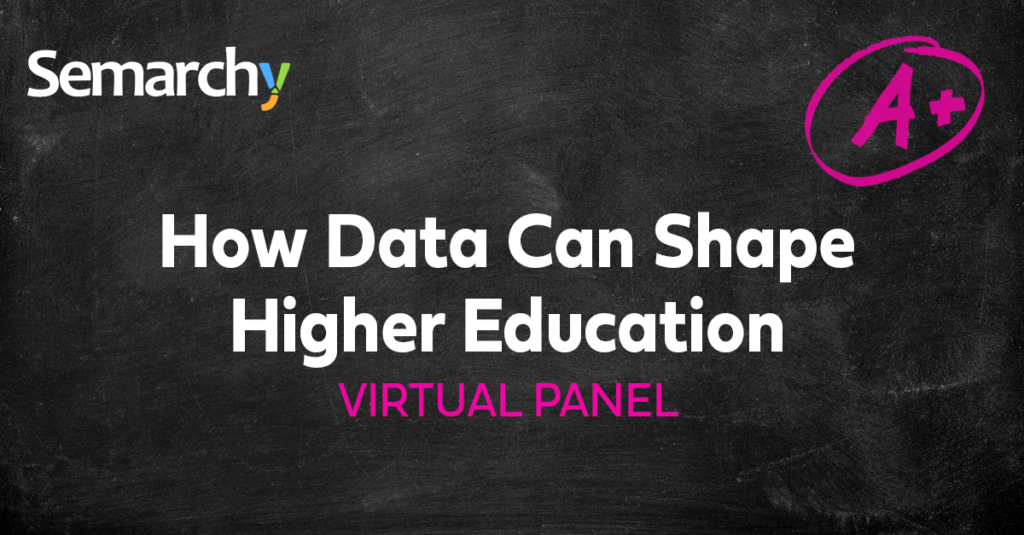There’s a renewed focus on effective data use in higher education — with two big drivers in play.
First, staffing shortages and rising costs put pressure on leaders to improve organizational health. We discussed this in our recent article on applying data management in higher education.
The other big driver is dropping enrollment. It’s become harder to attract students and keep them engaged.
On one hand, colleges and universities have more student data than ever. But many struggle to use this data to improve a critical area: the end-to-end student lifecycle.
Why? There are many factors in play — from data silos to a lack of analytics. But no matter the reason, now is the time for higher education to act. Leaders must learn how to apply data to provide a more personalized experience at each step in the student journey.
What’s behind dropping enrollment and retention?
Enrollment rates declined even before the pandemic (which made things worse). Tuition costs are rising, and many high schoolers consider alternatives to higher education.
Another big reason is evolving student expectations. Many college students are millennials or part of Gen Z. Their needs and expectations have changed, and many universities lack the data insights needed to keep pace.
Gen Z students are:
- Digital natives: Having grown up with the internet, they are totally comfortable with virtual courses and online student portals. They want a seamless mix of learning models, including in-person, online, and hybrid.
- Conscientious: More concerned with financial stability, they are often frugal and practical about choosing an institution that gives the best experience for their investment.
- Accustomed to Personalization: This generation has grown up receiving fast, convenient service and tailored customer experiences. They’ll enter the education sector pre-wired to expect personalized support at every step of their student journey.
How can data improve the student lifecycle?
We’ve published an infographic on using data to improve student lifecycle management.
By removing common barriers and applying data insights, institutions can attract the right prospects and develop plans that improve the student experience — from prospect to alumni.



